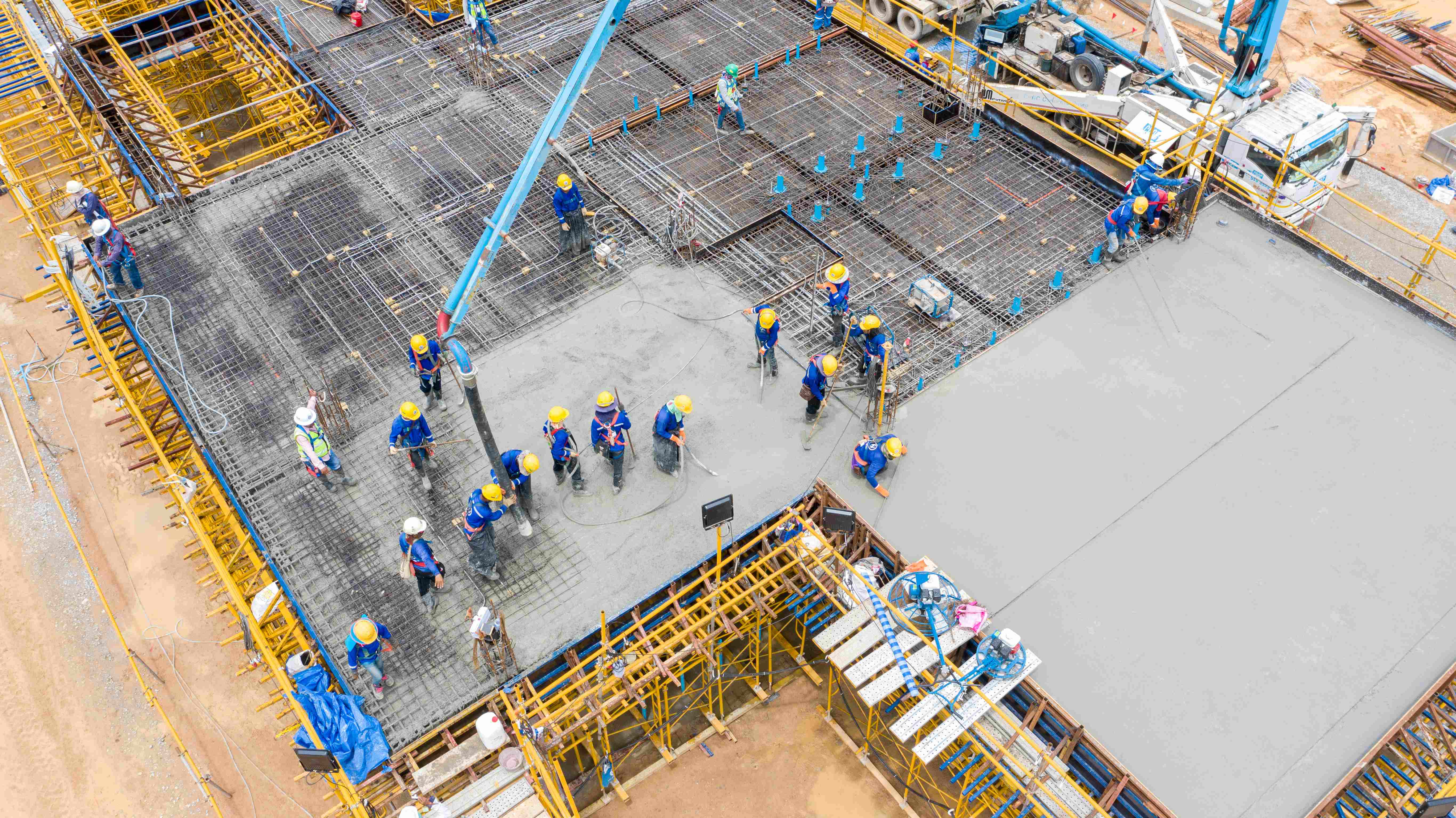
A sudden HVAC breakdown can disrupt your business, making it uncomfortable for employees and customers alike. The challenge is even greater in industries where temperature control is essential, such as restaurants, retail stores, or office spaces with sensitive equipment. The discomfort caused by extreme temperatures can lead to decreased productivity, unhappy customers, and potential revenue loss. Without a functional HVAC system, daily operations can become increasingly difficult, forcing businesses to find quick solutions to restore a comfortable indoor environment. Acting swiftly and strategically can minimize downtime and prevent further damage, ensuring that normal business activities resume as soon as possible.
Identifying the Issue Early
Many HVAC issues start with warning signs before they lead to a complete breakdown. Unusual noises, inconsistent temperatures, or rising energy bills can signal a problem. Employees may notice a lack of airflow or strange odors coming from the vents. Recognizing these signs early can help prevent a minor issue from turning into a costly repair.
Regular maintenance checks play a crucial role in identifying potential malfunctions before they escalate. If your system is underperforming, inspecting the thermostat, checking for leaks, and ensuring the air filters are clean can sometimes resolve the issue without professional intervention.
Implementing Temporary Solutions
When an HVAC system stops working, immediate steps can help maintain a reasonable indoor environment until repairs are completed. If possible, open windows and use portable fans to improve air circulation. In hotter months, blackout curtains can block excessive sunlight, while space heaters can provide some relief in colder conditions.
For businesses that rely on temperature-sensitive inventory, such as grocery stores or pharmaceutical companies, having backup solutions like portable air conditioning units or alternative storage arrangements can prevent significant losses. Employees should be informed of temporary adjustments to maintain productivity and comfort.
Contacting a Reliable Repair Service
Once the initial assessment is complete, professional assistance becomes necessary. Reputable HVAC specialists can diagnose and address the issue efficiently, ensuring minimal disruption to daily operations. An experienced technician will assess the system, check for refrigerant leaks, inspect electrical connections, and test airflow.
If the breakdown occurs during peak business hours, seeking an emergency service provider can expedite the repair process. Many companies offer 24/7 emergency repairs, ensuring a quick resolution regardless of the time of day.
Addressing Long-Term Maintenance
After resolving the immediate crisis, implementing a long-term maintenance plan helps reduce the risk of future failures. Scheduling routine inspections allows technicians to catch minor problems before they escalate. Cleaning air ducts, replacing filters regularly, and ensuring outdoor units are free from debris contribute to the system's efficiency.
Investing in a programmable thermostat can optimize temperature control, preventing unnecessary strain on the system. Keeping detailed records of maintenance work also helps track the system’s performance and identify recurring issues that may require further attention.
Restoring Comfort and Productivity
Maintaining a comfortable indoor environment plays a crucial role in employee productivity and customer satisfaction. If an HVAC failure disrupts normal business operations, addressing the issue quickly prevents revenue loss and ensures a positive experience for everyone in the space. Taking proactive steps to prevent future breakdowns will reduce the risk of unexpected disruptions and create a more reliable work environment.
When air conditioning stops functioning, the discomfort can be overwhelming. One of the most effective ways to minimize disruption is to get your AC fixed by professional repair services that understand the urgency of restoring climate control. Their expertise ensures that the problem is diagnosed accurately and resolved efficiently, helping businesses maintain a comfortable atmosphere without prolonged interruptions.
Training Employees to Handle Minor Issues
While major repairs require professional expertise, some HVAC issues can be managed in-house with basic troubleshooting knowledge. Employees should know how to check thermostat settings, reset circuit breakers, and replace air filters. Training key staff members to perform these simple tasks can prevent unnecessary service calls and reduce downtime.
Having a clear protocol in place for reporting HVAC issues ensures that concerns are addressed promptly. A designated employee responsible for monitoring temperature control can help spot irregularities before they develop into significant problems. Clear documentation of minor issues and past troubleshooting efforts can also provide valuable information for technicians during service visits. Encouraging employees to report small changes in system performance allows for timely intervention and can help prevent gradual wear from leading to system failure. With the right training and communication, businesses can create a more responsive and efficient approach to HVAC management.
A reliable HVAC system is an essential component of business success. By taking immediate action during a breakdown and implementing preventive strategies, businesses can ensure that employees and customers remain comfortable year-round. A proactive approach to HVAC management not only prevents major disruptions but also helps maintain efficiency, reduce energy costs, and extend the lifespan of the system. Creating a well-maintained climate-controlled environment supports productivity, customer satisfaction, and the overall success of a business.
Related Posts
Join the movement.
Your Entourage journey starts here. Join Australia's largest community of over 500,000 business owners and entrepreneurs, and receive instant access to exclusive content and updates delivered straight to your inbox.




